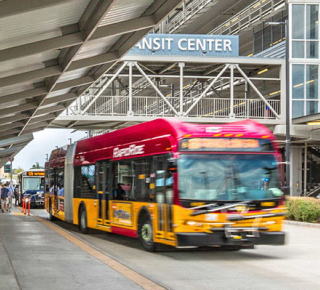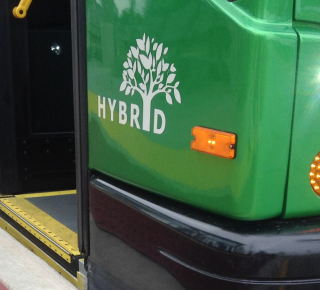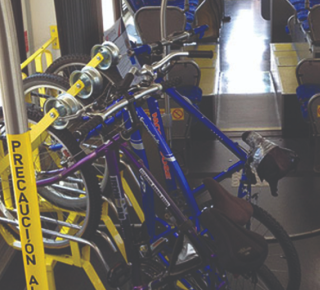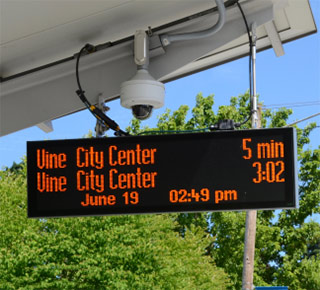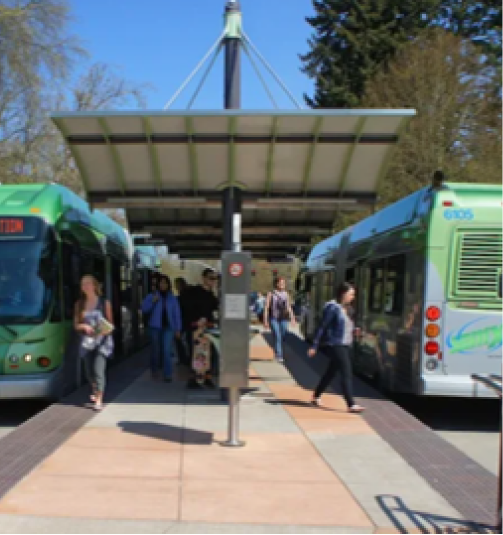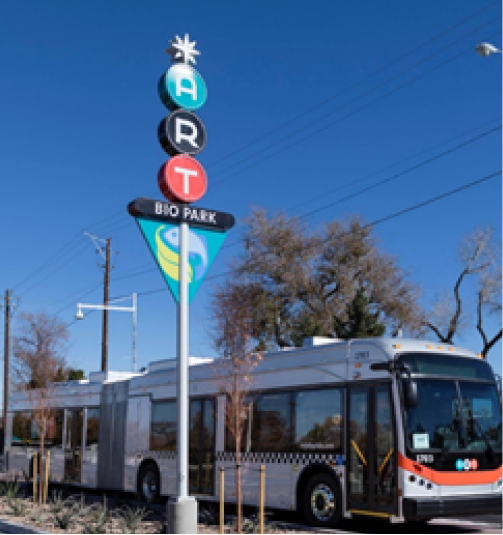What is BRT?
Bus rapid transit (BRT) is a high-quality transit system that delivers fast, comfortable and cost-effective service. According to the Federal Transit Administration (FTA), BRT includes dedicated lanes, busways, traffic signal priority, off-board fare collection, elevated platforms, and enhanced stations. Technology such as interactive station maps and stoplight priority allow travel times to be consistent and reliable. In addition, vehicles will be powered by alternative fuels or electricity, helping to promote sustainability.
- Station Features
- Bus Features
- System Features
LCRT Features
Hover over the dots on the image below to see all the unique features that will be included in LCRT stations.
Center Running Stations
Side Running Stations
What makes BRT unique?
Frequency
LCRT vehicles will arrive every 10 minutes for most of the day. With that frequency, riders won't have to keep a careful eye on the time. They can simply show up at a station and know their ride will be there soon.
Reliability
LCRT’s route design will help keep vehicles on schedule. Transit-only lanes and first priority at stoplights will help provide fast, reliable service. Mobile ticketing and off-board fare payment will minimize the amount of time it takes to board BRT vehicles. This means less time spent at the stations, both for you and the vehicles.
Comfort
From vehicles to stations, LCRT will be a comfortable experience. Vehicles will be quiet and eco-friendly. Wifi will be available onboard and at stations. CCTV cameras at sheltered stations will offer additional security. Level boarding means no more climbing stairs and a better experience for people who use wheelchairs or push strollers.
Why BRT and not light rail?
The i-26ALT study examined several transit alternatives, including light rail, and reached the data-based and community driven conclusion that bus rapid transit is best suited for the region and local communities. LCRT will take advantage of existing infrastructure (roadways), instead of requiring all new development. And, unlike light rail, BRT is relatively easy to scale.
Did You Know?
The cost of building one mile of light rail is the same as 5.5 miles of BRT. Because the system operates within the existing roadway, BRT is more cost effective than light rail while providing the same premium transit features PLUS greater flexibility.

